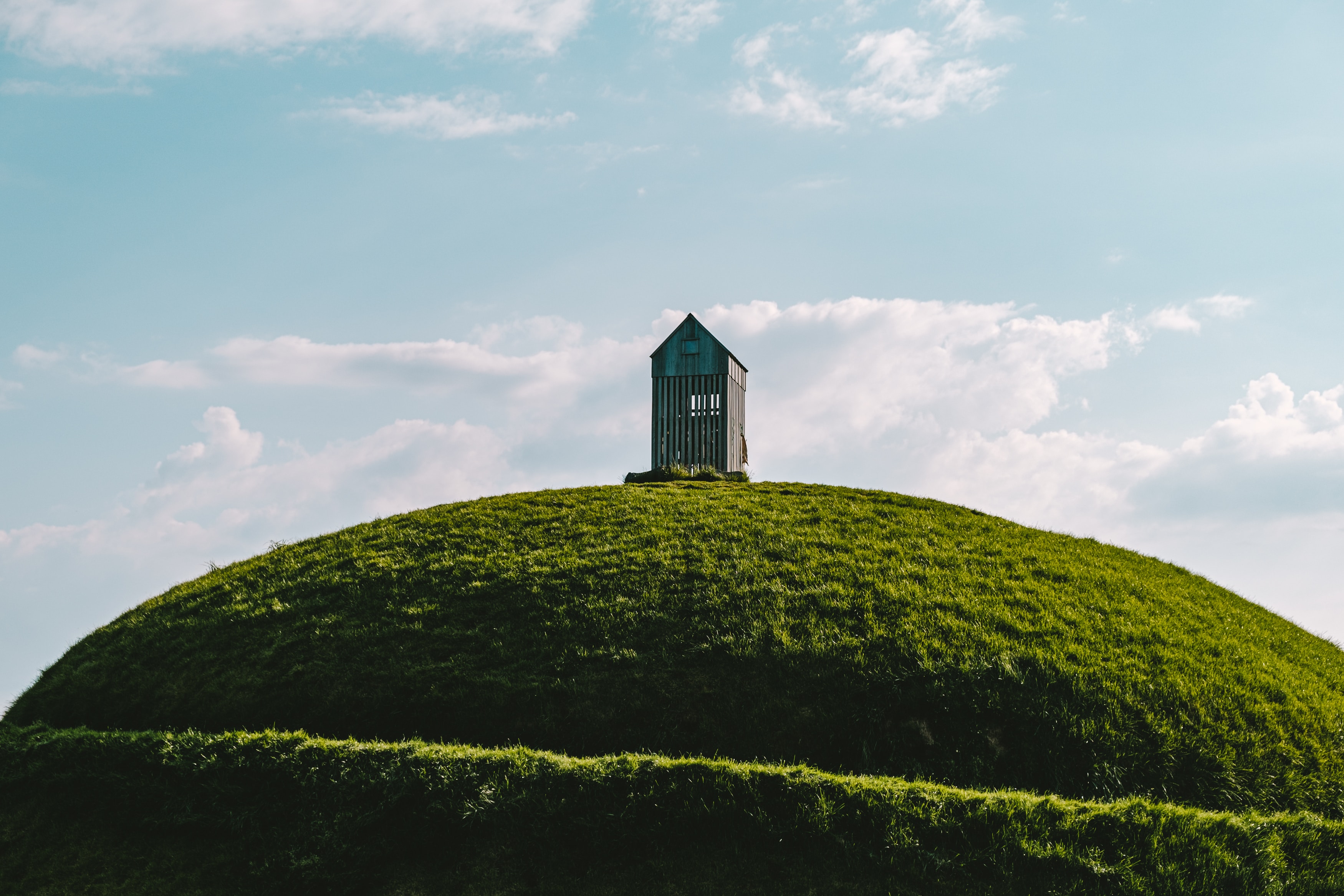Slope Correction for Albedo on Inclining Terrain
Introduction:
Albedo is an important concept in climate studies for maintaining a ground radiation balance and water and heat exchanges within the land–atmosphere system. Albedo is measured parallel to the ground, but this presents a problem when one is trying to measure sloping or rough terrain. In this study, the researchers presented a theory that one can accurately measure albedo on a mountain or hill by applying a slope-correcting calculation.
Set Up:
This study occurred at Jellhaug, a burial mound located on the Vik plain in Norway, in August and September 2022. The researchers selected four locations on the mound in north, east, west, and south-facing areas. Each area had a slope of 15°, 17.5°, 12°, and 16°, for the northern, eastern, southern, and western slope, respectively.
Horizontal and slope-parallel albedo were taken in clear, overcast, and cloudy conditions. Horizontally measured albedo was provided by Apogee’s upward-looking (SP-510-SS) and downward-looking (SP-610-SS) thermophile pyranometers, which were connected to microCache Bluetooth data loggers (AT-100). Slope-parallel albedo was measured by an Apogee net radiometer (SN-500-SS).
Results:
In this study they found that the slope correction formula improved the linear correlation coefficient between the slope-parallel and horizontally measured albedo by 0.60, 0.51, and 0.24 for clear, overcast, and cloudy conditions. When it was clear, slope-parallel and slope-corrected albedo deviated by 5% in terms of mean absolute error, while the slope correction reduced the deviation between the horizontally measured and slope-parallel albedo by 70%. Daytime trends revealed a large discrepancy with smaller/larger horizontally measured albedo than slope-parallel albedo for the western/eastern slope during morning (opposite during afternoon). For the southern/northern slope, the horizontal orientation of the radiation sensors both overestimated and underestimated the albedo for all atmospheric clearness conditions. The horizontally measured reflected radiation had on average a difference of 3 Wm-2 from the slope-parallel reflected radiation, corresponding to a deviation of 3%.
Conclusion:
The findings show that slope correction improves the reliability of the horizontally measured albedo in sloping terrain when slope-parallel measurements are not possible. However, during partly overcast conditions, the simple slope correction suffers and should not be applied when avoidable.

Image 2. Measurement station with Apogee thermopile pyranometers, net radiometer, and microCache loggers.

Image 1. Photo by Robin Ooode; Burial mound in Iceland
- Eirik Næsset Ramtvedt
- Erik Næsset
